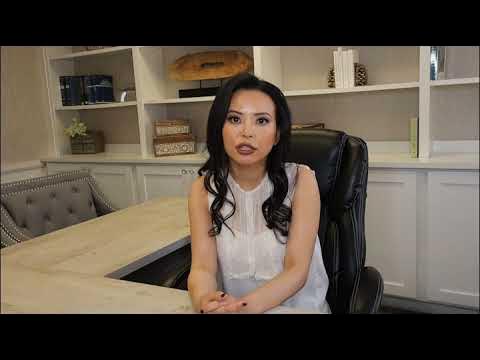After most car accidents, determining who is at fault is easy. But there are other times where it becomes one driver’s story versus another’s. When fault isn’t clearly identifiable, an investigation will be done to determine the cause and who can be held liable.
Often, this investigation begins with the responding police agency, who will create an accident report and attempt to determine fault. Insurance adjusters will also investigate for fault. And should either party hire an attorney, they will also investigate to determine fault.
But fault isn’t just about pointing fingers. Determining fault in a car accident claim is important for establishing how much a claim is worth and whether state laws allow an injured victim to pursue the full amount of compensation they need. Sometimes, fault can even be shared.
“No Fault” Versus “At-Fault” States
How fault is determined in a car accident claim depends largely in part on whether the accident happened in a so-called “at-fault” state or a “no-fault” state.
In a “no-fault” state, each driver’s insurance policy will cover their own claims for bodily injury and damages. This means that you can make a claim with your own insurance, and they will cover your damages caused by the at-fault driver.
However, in “at-fault” states, the at-fault driver’s insurance is required by law to compensate you for your damages. That means you will have to make a claim with the at-fault driver’s insurance company. Both Nevada and Washington are at-fault states.
For a free legal consultation, call (725) 900-9000
Who Determines Fault?
Fault can be determined in a few ways, starting with the motorists involved in the crash. If there is no agreement, or the other driver claims you’re partially at fault, a responding police officer will determine fault in their report.
While the police report helps insurance companies decide how to proceed, it isn’t always the final word. Insurers will also investigate for fault, as will any lawyers hired by the parties involved. If fault and settlement agreements cannot be reached, the case can go to court where a judge and jury will ultimately decide fault.
Fault Established by Drivers
First, the drivers involved in the accident can determine who is at fault. Although it is ordinary for both drivers to blame each other for causing the accident, it is also common for drivers to admit fault by making an admission like, “I didn’t see the stop sign,” or “I was looking at my phone.”
Sometimes, the other driver may accept liability, leaving their insurance company to determine the amount of damages owed without disputing liability.
Fault Established by a Police Report
Second, a police report can help determine who is at fault. If the police are called to the scene, they will make their own investigation and usually conclude who was at fault based on the physical evidence found at the scene, and/or statements from the drivers or other witnesses involved.
If the police find a driver at-fault for violating a traffic law, it will be noted in the police report, along with the citation issued. It is always a good idea to call the police immediately after an accident or go to the station to make a report if the police do not arrive at the scene.
The police report is a public document that the insurance company will undoubtedly look at when determining fault, and it is a good idea to have one for yourself—especially if it has information showing that the other driver was at fault as that will only help your case.
However, be aware that an insurance company may disregard the police report if their at-fault insured is disputing liability, and it may consider other evidence when deciding to attribute full fault or comparative fault to the driver making the injury claim.
Fault Established by the Insurance Company
Third, the insurance company can also determine fault. Usually, they use a type of computer algorithm that will assign fault based on the information input. As mentioned above, sometimes, the at-fault driver will admit liability, which only leaves the issue of payment for the insurance company to decide.
Other times, however, the insurance company will dispute liability based on their own interpretation of events and will generally provide a reduced first offer in comparison. With that said, you should never negotiate with an insurance company alone, as they are likely to ask you incriminating questions to find fault and give you a reduced offer based on that.
Fault Established Through Litigation
Last, fault can be determined in litigation. Smaller cases go through what is called “arbitration.” There, an arbitrator will ultimately decide fault and render an award based on that finding after considering all evidence provided and the applicable laws.
Less commonly, cases may go all the way to a jury trial where the jury has the last word about who is at fault (including comparative fault), and the amount of damages that should be awarded.
What Is Comparative Fault?
Generally, there are three different types of “comparative fault“: (1) contributory negligence, (2) modified comparative fault, and (3) pure comparative fault. Nevada follows a modified comparative fault, whereas Washington follows a pure comparative fault approach.
Under Nevada’s modified comparative fault approach (NRS § 41.141), an accident victim will have their damage award reduced by the percentage they are found to be at fault, and up to 50%.
That means if the victim is found to be 1 to 50% at fault, the award they would have gotten will be reduced by that amount. However, if a victim is found to be 51% or more at fault, they are completely barred from recovery and they collect nothing.
In contrast, under Washington’s pure comparative fault approach (RCW § 4.22.005), no limit of comparative fault bars a plaintiff from recovery. This means that as long as the plaintiff is 99% or less at-fault, the plaintiff can still recover something (e.g., if the plaintiff is 99% at fault, she can still recover 1% in damages).
Click to contact our personal injury lawyers today
Contact Us Today
If you have been injured in a car accident, do not wait to contact us today. Our experienced personal injury attorneys at the Van Law Firm can walk you through the process, advise you on how fault is determined, and what kind of approach applies to your case.
We will fight for fair and just compensation on your behalf that accurately reflects the extent of your injuries and damages.
No obligation consultations are always free.
Let Us Help You! Call Now: (725) 900-9000Client Testimonials
Related Videos











